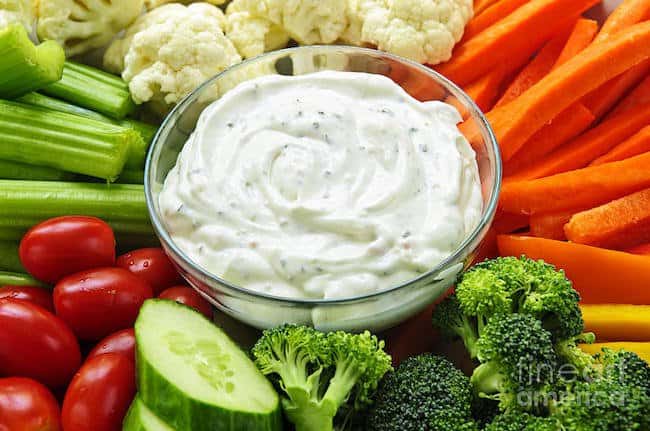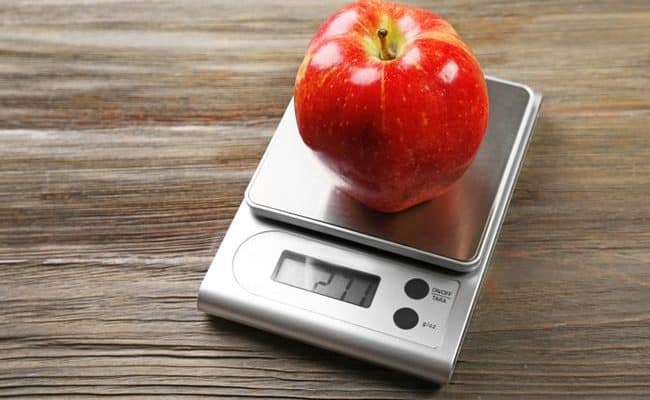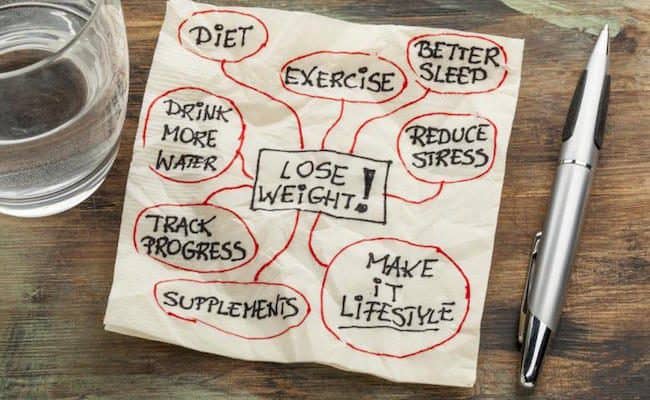
Losing 10 pounds in one week is appealing; many weight loss plans advertise following their program will ensure dropping 10 pounds a week. However, in reality, losing 10 pounds in a week is challenging and requires a drastic change in eating behaviours, exercise and over all lifestyle.
Drastically cutting calories is one way to try to lose 10 pounds in a week, but it’s not the safest method. It could also set you up for rebound weight gain after your week long weight loss efforts.
Increasing your exercise is recommended for weight loss to increase calorie expenditure, but the increase in exercise will have to be a drastic in order to lose 10 pounds.
Some suggestions for weight loss are based on the principle of 3,500 calories equaling one pound of fat.
Therefore, theoretically if you want to lose 10 pounds, you would take 10 x 3,500= 35,000 calories you need to cut out in 7 days to equal 10 pounds of weight loss.
This is equal to cutting out or burning an extra 5,000 calories per day for a week.
Using these numbers can give a tangible way to execute weight loss. However, this is a very simplified and generalised configuration for weight loss.
Even equations that take into account your weight, height, activity factor, etc. are only a rough estimate for how many calories your body uses.
In reality, the body’s way of using energy is very complex and sophisticated. It’s not a mathematic equation.
Does this mean there’s no hope of losing 10 pounds in a week? No. It could be done with some hard work and determination.
However, the reality is there is no one size fits all approach for weight loss. Weight loss may take some trial and error for success.
Dietary changes for rapid weight loss
Following a higher protein diet can help retain muscle mass during weight loss (1). Current guidelines suggest an intake of protein between 10-35% of daily calories.
Getting closer to 30-35% of calories from protein can be considered a higher protein intake and may be beneficial for retaining lean mass during weight loss.
Shifting percent of calories from carbohydrates to protein can help you jump start weight loss (2).
This principle can work best when empty calorie carbohydrate sources like sweetened drinks, white bread, sweets and packaged snacks are replaced for nutrient dense protein sources like dairy, lean meats, legumes, nuts and seeds.
Cutting down your carbohydrate intake of empty calorie carbohydrates and over all grain intake may help weight loss efforts by increasing rapid weight loss from losing water weight.
Just keep in mind this water weight may come back when carb intake goes back up.
The recommended carbohydrate intake is between 45-65% of daily calories. Therefore, keep carbohydrate intake at 45% or above by eating a high amount of fruits, vegetables and legumes with some sources of whole grains.
Don’t go under the recommended amount of carbohydrates unless recommended or monitored by your healthcare team.
How many calories should you cut to lose 10 pounds in a week?
In order to lose 10 pounds in one week, you will need a drastic change in your energy in and energy burned.
How many calories to eat will vary from person to person. However, in general, very low calorie diets which are 400-800 calories are used in clinical settings to induce rapid weight loss.
Cutting calorie level that low is not recommended without medical supervision.
Low calorie diets are generally considered between 800-1,200 calories. Following a low calorie diet can be one way to lose weight rapidly.
Another way to think about weight loss is cutting about 500 calories from your diet per day.
Remember, this doesn’t guarantee a weight loss of a pound a day, but it can be a practical step towards weight loss.
A deterrent from low calorie diets is hunger. To keep you from feeling hungry all the time, shifting to a higher protein intake can help increase satiety.
Increasing high fiber foods like legumes, oats, fruits and vegetables can also help keep you full.
This will also mean you are eating foods that naturally provide antioxidants, vitamins and minerals which are important for overall health and to support weight loss efforts.
How much should you exercise?
Even if you don’t reach your weight loss goal, adding more physical activity to your life has many health benefits.
In order for exercise alone to significantly influence weight loss, the overall amount needs to be high (3).
For most people, exercising for 30 minutes a day at a moderate intensity will not be enough alone to shift your body to lose 10 pounds in a week.
Jumping up your exercise to 60-120 minutes per day with varied intensities and exercises could help increase your weekly weight loss goal.
However, you may want to consult your healthcare team before you drastically increase your exercise routine. It could also increase risk for injury depending on your exercise and medical history.
In short, the more you can move your body the better. Exercise, especially resistance training, can help retain muscle mass during weight loss.
Combining cutting out empty calories with bumping up your exercise is an overall healthy, sustainable approach for weight loss.
Avoid the fad diets
Be wary of claims that say you can lose 10 pounds in week without any exercise or eating whatever you want.
These claims are unfounded and most likely include some sort of supplement that may not be credible.
Avoid fad diets that have severely restrictive food intake or suggest you should only eat a few foods during weight loss. This approach for weight loss is unbalanced and will be short lived.
Conclusion
Instead of focusing on a certain number to lose on the scale in one week, focus on changing unhealthy habits to healthier options and don’t put a time limit on it.
There are many ways to lose weight, but what will help you lose weight that will stick for more than just a week?
Losing 10 pounds in a week can be done with varying methods. In general, you need to follow a lower calorie diet and bumping up your exercise will help retain lean body mass during weight loss.














